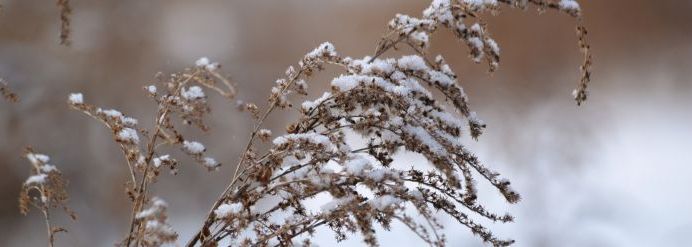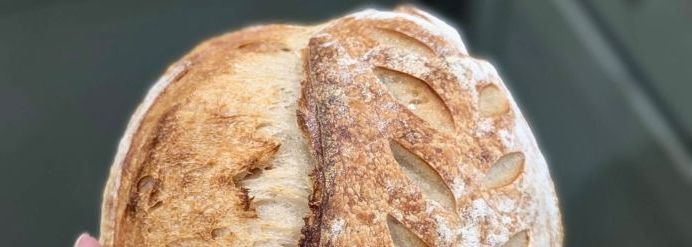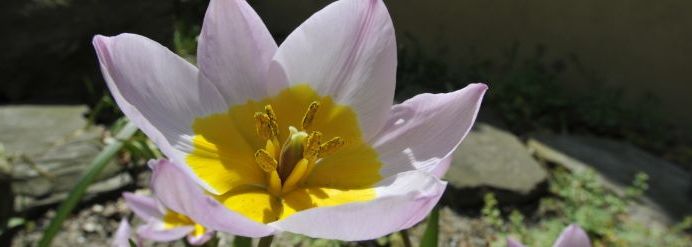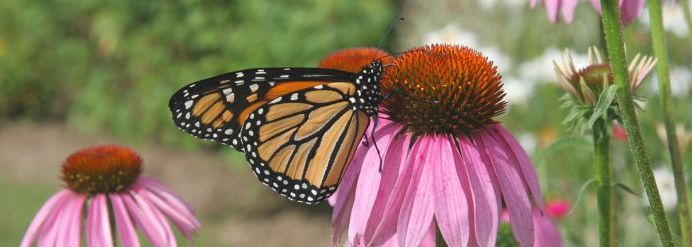Cold-tolerant plants are botanical wonders that not only survive but thrive in the face of winter. These types of plants bring life and color to yard spaces during the coldest months of the year. You might be wondering how exactly this can happen. Let’s delve into the secrets of nurturing these plants in Gretna, Nebraska!
First things first
We gotta understand what cold-tolerant plants are all about. These plants, also known as cold-hardy or frost-resistant plants, have evolved specific adaptations to survive and flourish in cold climates. These adaptations include thickened cell walls, antifreeze-like compounds and the ability to enter dormancy during harsh winter months. Some common examples of cold-tolerant plants include conifers, like pine and spruce trees, as well as perennials, like hellebores, ornamental grasses and boxwood shrubs.
Choosing the right cold-tolerant plants for Gretna, Nebraska
Choosing the right cold-tolerant plants for your garden is the first step in successful cultivation. Consider factors such as your USDA hardiness zone, Grenta, Nebraska, is Zone 5. Native plants are often well-suited to your region and can thrive with less maintenance.
Planting cold-tolerant varieties
It’s important to plant cold-tolerant species in the right location and ensure they receive adequate sunlight and have well-draining soil. Proper spacing allows for healthy air circulation, which reduces the risk of fungal diseases. When planting, be mindful of the depth and spacing recommendations for each species, as they can vary.
Watering in the winter
During the winter months, it's crucial to monitor soil moisture. While cold-tolerant plants are adapted to withstand chilly conditions, they still need occasional watering, especially if the season is dry. Pro tip: watering early in the day allows excess moisture to evaporate before temperatures drop at night.
Mulching and protecting
A layer of mulch around the base of your cold-tolerant plants helps retain moisture, regulate soil temperature and prevent weeds. Consider using frost blankets or burlap to shield plants from extreme cold snaps and heavy snow storms. These protective coverings can make a significant difference in plant survival!
Pruning and maintaining
Regular pruning, especially in late autumn, removes dead or damaged branches and promotes healthy growth. Plants will dedicate a bunch of energy to saving the dead leaves, which negatively affects the overall health of the entire plant. Avoid heavy pruning in late winter, as it may stimulate new growth vulnerable to late-season frosts.
Think about the wildlife
Cold-tolerant plants often provide a necessary habitat and food for local wildlife during the winter months. Be mindful of this when planning your garden and consider leaving seed heads and berries on certain plants to help out the wintering birds and other creatures.
You can totally do this
If you want thriving plantscapes, even in the coldest parts of the year, it is possible! Caring for cold-tolerant plants is a rewarding experience that allows you to enjoy the beauty of nature even in the harshest season. By selecting the right species, providing proper care and offering protection when needed, you can create a winter wonderland in your backyard in Gretna, Nebraska!















